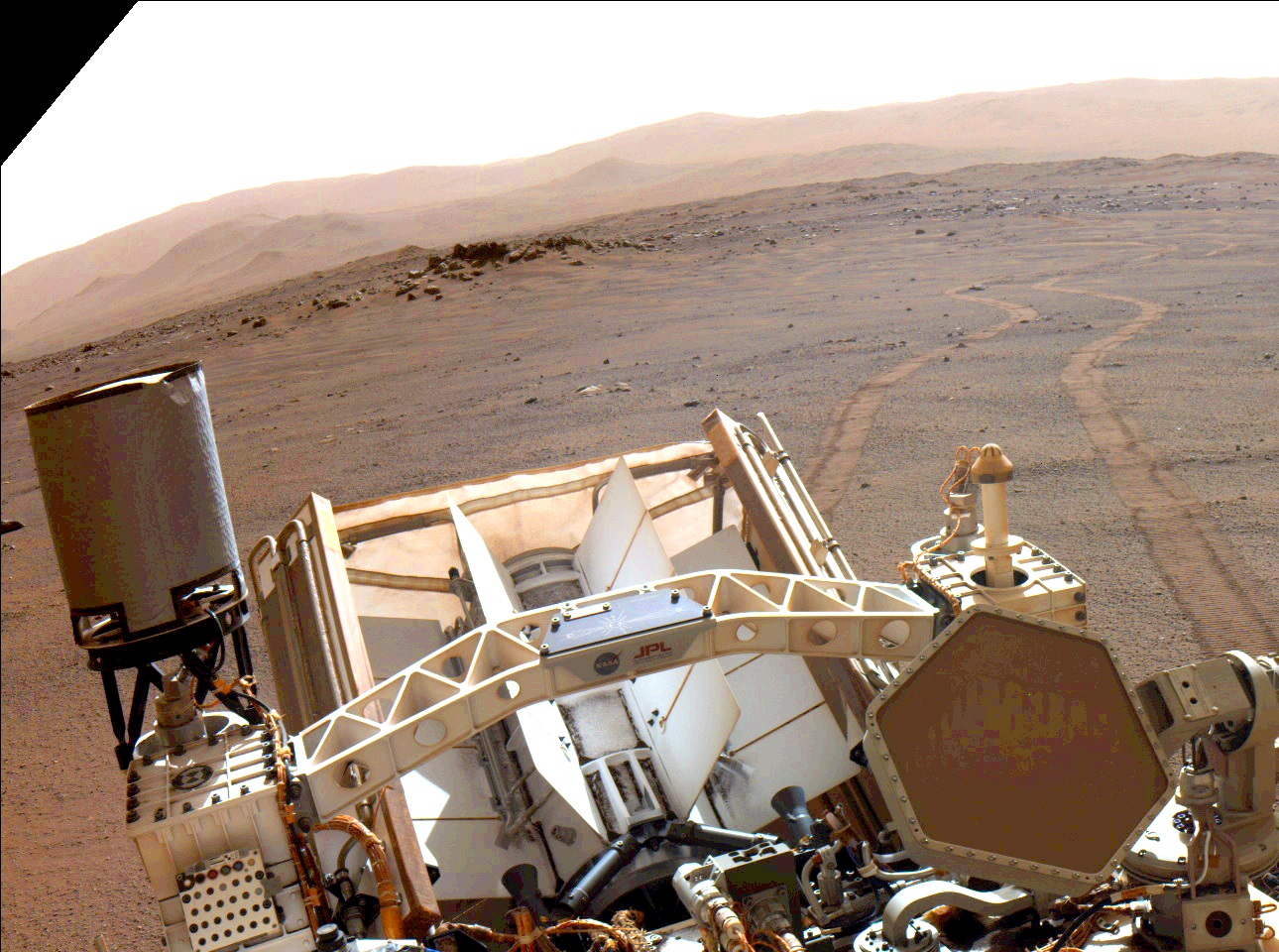Radioisotope Thermoelectric Generators (RTGs) have a long history of service in space exploration. Since the first was tested in space in 1961, RTGs have gone on to be used by 31 NASA missions, including the Apollo Lunar Surface Experiments Packages (ALSEPs) delivered by the Apollo astronauts to the lunar surface. RTGs have also powered the Viking 1 and 2 missions to Mars, the Ulysses mission to the Sun, Galileo mission to Jupiter, and the Pioneer, Voyager, and New Horizons missions to the outer Solar System – which are currently in (or well on their way to) interstellar space.
In recent years, RTGs have allowed the Curiosity and Perseverance rovers to continue the search for evidence of past (and maybe present) life on Mars. In the coming years, these nuclear batteries will power more astrobiology missions, like the Dragonfly mission that will explore Saturn’s largest moon, Titan. In recent years, there has been concern that NASA was running low on Plutonium-238, the key component for RTGs. Luckily, the U.S. Department of Energy (DOE) recently delivered a large shipment of plutonium oxide, putting it on track to realize its goal of regular production of the radioisotopic material.
The recent shipment of 0.5 kg (over 1 lb) of plutonium oxide from the U.S. Department of Energy’s (DOE’s) Oak Ridge National Laboratory to its Los Alamos National Laboratory is critical to realize NASA’s planned future missions. It is also the largest shipment since the DOE issued its report to Congress in 2010 – “Startup Plan for Plutonium-238 Production for Radioisotope Power Systems.” As per this plan, this delivery is a significant step toward achieving the goal of a sustained annual production rate of 1.5 kg (3.3 lbs) by 2026.
Like all radioisotope power systems (RPS), RTGs rely on the natural decay of the radioisotope plutonium-238 to provide heat for a Light Weight Radioisotope Heater Unit (LWRHU) or heat and electricity for a Multi-Mission Radioisotope Thermoelectric Generator (MMRTG). These systems are vital to space exploration since they enable exploration to some of the deepest, darkest, and most distant destinations in the Solar System (and beyond). In short, they enable missions to locations where solar power is limited, intermittent, or unavailable.
Consider NASA’s Opportunity rover, which explored the surface of Mars for almost 15 years, establishing multiple records in the process, but was lost in 2018 when a planet-wide storm caused a huge dust buildup on its solar panels. A similar fate claimed NASA’s Interior Exploration using Seismic Investigations, Geodesy, and Heat Transport (InSight) lander, which recently concluded its mission to explore Mars’ interior structure and seismic environment after four years. Once again, the culprit was dust buildup on the mission’s solar panels, which caused its battery to die.
The first spacecraft to benefit from this restart was the Perseverance rover, which carries some of the new plutonium produced by DOE. An MMRTG continuously provides the rover with heat and about 110 watts of electricity, keeping its instruments powered during the day and its batteries warm at night. As Carl Sandifer, the RPS program manager at NASA’s Glenn Research Center, said in a recent NASA press statement, “NASA’s Radioisotope Power Systems Program works in partnership with the Department of Energy to enable missions to operate in some of the most extreme environments in our solar system and interstellar space.”
NASA and other space agencies are also investigating nuclear systems to provide power for future exploration missions. This includes compact nuclear generators for powering habitats on the Moon and Mars, known as Kilopower Reactor Using Sterling TechnologY (KRUSTY) reactors. There are also plans to resurrect the Space Race-era Nuclear Engine for Rocket Vehicle Applications (NERVA) technology to create spacecraft equipped with nuclear-thermal and nuclear-electric propulsion, which could enable missions to Mars in less than 100 days.
For over sixty years, NASA has relied on radioisotope-based electrical power systems and heater units to advance space exploration and the frontiers of science. With the restart of this program, NASA and DOE have signaled their intent to maintain their long-standing partnership to ensure that the U.S. space program can enable missions requiring radioisotopes for decades to come. As we explore farther from Earth, establish outposts beyond Low Earth Orbit (LEO), and contemplate missions to nearby stars, nuclear power will play a vital role.
Further Reading: NASA

